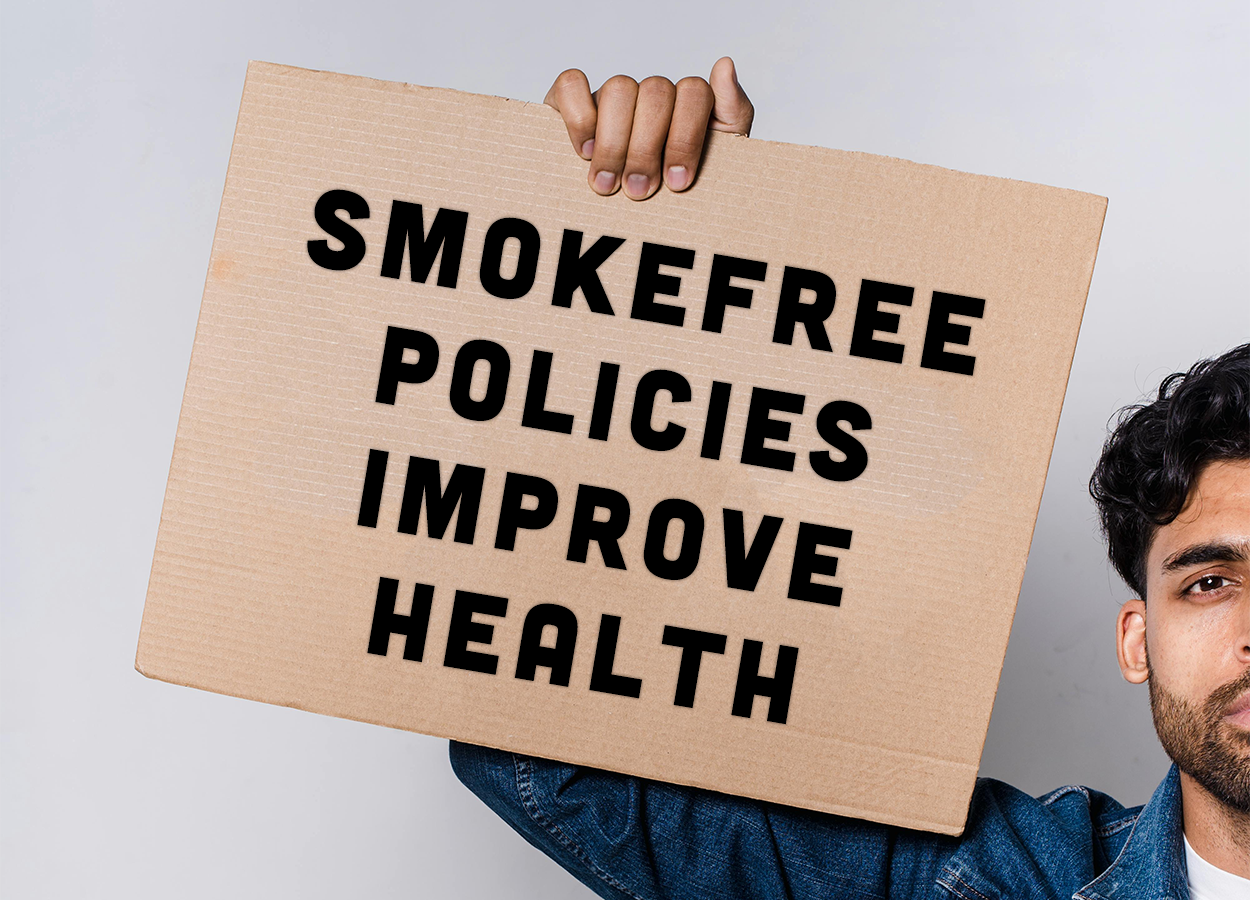Table of Contents |
The U.S. health care system is a mix of public and private, for-profit and nonprofit insurers and health care providers, also called a multi-payer system. In a single-payer system, a government, for example, is the only funder of the health care system. The U.S. federal government provides funding for the national Medicare program for adults aged 65 and above and some people with disabilities. The government also funds programs to cover veterans and people who are economically disadvantaged, including Medicaid and the Children’s Health Insurance Program (CHIP; CWF, 2020). As mentioned earlier in this course, the U.S. health care system is a non-universal health care system.

The U.S. health care system is complex and consists of various components. It faces challenges related to high costs, unequal access, and outcomes compared to other developed nations. Understanding these components helps address these issues and informs ongoing health care reform efforts. There are several key components to the U.S. health care system, including the government, insurers, providers, and patients.
Insurers can be both public and private in the U.S. health system. Public health insurance is funded through various resources. Federal taxes contribute to funding public insurance such as Medicare, Medicaid, and CHIP, as well as military health insurance programs like the Veterans Health Administration. In addition to payroll taxes, individuals contribute to general federal and state revenue funds. These funds finance public health care coverage through income, and sometimes sales and property taxes, depending on the state of residence. Private insurers offer coverage through employee-sponsored plans, individual policies, and exchanges created by the ACA that allow people to access medical services. Insurers provide health coverage to individuals and families. Insurers pool funds from policyholders/individuals to spread the financial risk (risk in this case refers to those insureds who have medical conditions and are at a higher risk of needing to make claims than those who are healthier) of health care expenses. This helps ensure that costs are manageable for everyone. Insurers process claims submitted by health care providers. They review medical bills, negotiate prices, and reimburse providers for covered services.
Insurers create networks of hospitals, doctors, and other health care professionals. Policyholders receive better rates when using in-network providers. Insurers also determine cost-sharing arrangements between policyholders and providers, such as deductibles, co-payments, and coinsurance. Finally, the government and insurers advocate for policy changes to improve access, affordability, and quality of care and negotiate with providers to control costs.
EXAMPLE
Insurers are working to expand access to behavioral health care services. This includes greater coverage for mental health treatment options and telehealth services. Insurers also comply with state and federal regulations. Health insurance facilitates access to care to improve health outcomes (AHA, 2024).IN CONTEXT
Employer-Provided Health Coverage
To understand health coverage a little more and how it works, let’s consider accessing employer-provided health coverage. You get hired by a company that provides access to health insurance as part of your employment. You enroll in the coverage with your employer. You may have to pay for part of the costs for your health plan and your employer may contribute to the costs of the plan as well. Once you are enrolled, you are now the policyholder of that plan. How much an employer contributes will vary by company.
Once you acquire the coverage, you learn that your plan will cover some services at 100% (no extra charge except what your plan pays), and the plan may cover other services at 80% and you must pay 20% of service costs. The 20% you pay is called coinsurance. Some plans will ask that you pay a deductible amount first before you can access the 80/20 benefit described. A deductible is an annual amount you pay for eligible medical services or medications before your health plan starts sharing the cost. The amount of deductible varies by plan. A co-pay is a flat fee you pay at the doctor’s visit or when filling a prescription. For instance, if you see your doctor for a back injury or need to refill your prescription, the amount you pay on the spot is your co-pay (i.e., $5, $10, or $20 or more). Not all plans use co-pays, and some services may be covered with no out-of-pocket cost, such as annual checkups and preventive care (KFF, 2024).
Providers are another component of the U.S. health care system. This category includes doctors, nurses, hospitals, clinics, and other health care professionals. They deliver or provide medical services to patients. Patients are individuals seeking health care services. Their choices impact the system’s functioning.
The U.S. health care system significantly impacts public health in several ways. The system’s shortcomings affect access to care, especially for vulnerable populations. High costs and lack of insurance coverage can lead to delayed or inadequate treatment, impacting overall health outcomes. Racial and ethnic disparities persist within the U.S. health care system. Addressing those inequities is crucial for improving public health. Efforts to reduce disparities, as discussed throughout this course, can lead to better health outcomes for all.
The United States has a high chronic disease burden, including conditions like diabetes, heart disease, and obesity. Effective health care policies and preventive measures can mitigate these health challenges. To improve the public’s health in the United States, policies that shift the system from reactive care to proactive preventive care are essential. Continuing to promote vaccinations and addressing risk factors (such as smoking, poor diet, and lack of exercise) can significantly improve public health.

Smoke-free policies in federal buildings and other environments are one example of proactive measures. Other measures such as addressing health inequality are also crucial. Policies should aim to reduce racial and ethnic disparities in access to care, health outcomes, and social determinants of health. Additionally, federal programs and policies, such as federally funded health centers, also known as Federally Qualified Health Centers (FQHCs), and scholarship programs for underserved areas, play a vital role in improving access to quality health care (ASPE, n.d.). Federally Qualified Health Centers (FQHCs) are nonprofit health centers or clinics in the United States that serve medically underserved areas and populations. These centers provide primary care services regardless of an individual’s ability to pay.
Policies that proactively address health equity and reduce health disparities include identifying and monitoring disparities through relevant measures. By focusing on specific conditions (e.g., cardiovascular disease, cancer, and diabetes), policymakers can take targeted actions to reduce disparities.
EXAMPLE
The Centers for Disease Control and Prevention (CDC) has developed the CORE Health Equity Strategy to embed health equity in all aspects of public health. This includes optimizing interventions, reinforcing partnerships, and enhancing workforce diversity (CDC, 2024).EXAMPLE
The Hear Her campaign partners with HHS to develop materials focused on reaching and serving American Indian/Alaska Native (AI/AN) women and their communities. Materials were released in 2022 and garnered 16.5 million impressions on social media. The impact of this campaign has led to accelerated implementation of evidence-based policies and interventions addressing health equity in this population (CDC, 2024).The U.S. health care sector contributes to pollution (air, water, and soil). Understanding these emissions and their effects on health is essential for sustainable health care practices. While greenhouse gas emissions are one category of emissions that can affect health, climate change may have severe negative impacts on human health and livelihoods.
Climate change disrupts the lives of health care workers and makes their jobs more challenging. Storms, floods, wildfires, and other extreme events prevent them from traveling to health care facilities, and as more people get sick from climate change, there will be a greater need for a larger, climate-ready workforce. A climate-ready workforce focuses on preparing and placing people in good jobs that advance climate resilience nationwide. It ensures that coastal communities are better prepared for the worst impacts of climate change. This workforce is trained to promote climate literacy and assist employers in developing a workforce that can effectively address climate change (CWF, 2022).
The U.S. health care system plays a crucial role in shaping public health outcomes, and addressing challenges is vital for a healthier population. Equity and preparedness, cost and access, and the environmental impact of the U.S. health care system can have both a positive and negative impact on public health.
Source: THIS TUTORIAL WAS AUTHORED BY SOPHIA LEARNING. PLEASE SEE OUR TERMS OF USE.
Disclaimer: The use of any CDC and United States government materials, including any links to the materials on the CDC or government websites, does not imply endorsement by the CDC or the United States government of us, our company, product, facility, service, or enterprise.
REFERENCES
American Hospital Association. (n.d.). The importance of health coverage. www.aha.org/guidesreports/report-importance-health-coverage
American Public Health Association. (2020, October 24). The importance of universal health care in improving our nation’s response to pandemics and health disparities. www.apha.org/policies-and-advocacy/public-health-policy-statements/policy-database/2021/01/14/the-importance-of-universal-health-care-in-improving-response-to-pandemics-and-health-disparities
Centers for Disease Control and Prevention. (2024, July 18). Health equity fact sheet. www.cdc.gov/health-equity/core/health-equity-fact-sheet.html?CDC_AAref_Val=https://www.cdc.gov/healthequity/core/fact-sheet/index.html
Claxton, G., Rae, M., & Winger, A. (2024, May 28). Employer-sponsored health insurance 101. KFF. www.kff.org/health-policy-101-employer-sponsored-health-insurance/?entry=table-of-contents-what-is-employer-sponsored-health-insurance
Office of the Assistant Secretary for Planning and Evaluation. (n.d.). Federal programs and policies improving access to quality health care services in underserved areas. aspe.hhs.gov/topics/health-health-care/federal-programs-policies-improving-access-quality-health-care-services-underserved-areas.
Schneider, M. E. (2023, August). Do no harm: Is health care polluting the earth? ASH Clinical News. ashpublications.org/ashclinicalnews/news/7228/Do-No-Harm-Is-Health-Care-Polluting-the-Earth
Seervai, S., Gustafsson, L., & Abrams, M. K. (2022, May 4). The impact of climate change on our health and health systems. The Commonwealth Fund. www.commonwealthfund.org/publications/explainer/2022/may/impact-climate-change-our-health-and-health-systems
The Commonwealth Fund. (2020, December). Health system overview: United States. www.commonwealthfund.org/sites/default/files/2020-12/2020_IntlOverview_USA.pdf